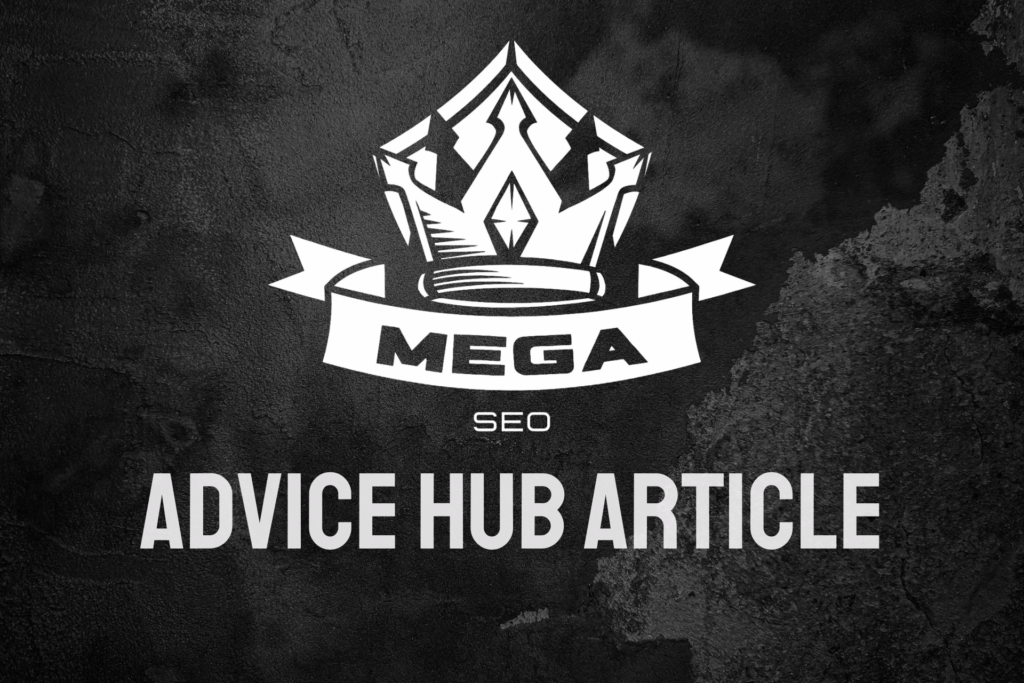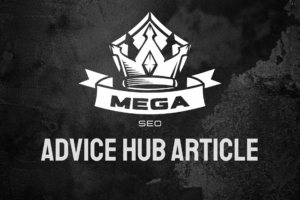Google Lens image search optimisation combines visual search technology with traditional SEO principles to enhance visibility in image-based searches. This comprehensive guide explores effective strategies to optimise your visual content for Google Lens, helping your business stand out in visual search results while driving organic traffic through image recognition technology.
What Makes Google Lens Different from Traditional Image Search?
Google Lens transforms how users interact with visual content by enabling them to search using their camera or existing images. Unlike traditional image searches, Google Lens uses advanced AI to identify objects, text, and landmarks within images, providing contextual information and related search results.
How Does Google Lens Impact SEO Strategy?
Visual search optimisation through Google Lens requires a refined approach to technical SEO, focusing on both image quality and contextual relevance. The technology analyses multiple aspects of images, including:
- Image Quality and Resolution: High-resolution images that clearly display products or services perform better in visual searches. Sharp, well-lit photographs with minimal background distractions help Google Lens accurately identify image elements.
- Visual Context: Images should naturally fit within your content’s context, supporting the surrounding text and enhancing user understanding.
- Metadata Optimisation: Proper image tagging, including descriptive file names and alt text, helps search engines understand and categorise your visual content effectively.
What Are the Key Elements of Google Lens Optimisation?
Image Technical Specifications
Optimising technical aspects of your images significantly impacts their performance in Google Lens searches:
- File Format Selection: Choose appropriate file formats based on image type. JPEG works well for photographs, while PNG suits graphics with text or transparent backgrounds.
- Compression Techniques: Implement smart compression to maintain quality while reducing file size, improving load times without sacrificing visual clarity.
- Responsive Design: Ensure images display correctly across all devices, maintaining quality and visibility regardless of screen size.
Visual Content Strategy
Creating a cohesive visual content strategy enhances your on-page SEO efforts while optimising for Google Lens:
- Brand Consistency: Maintain consistent visual branding across all images to build recognition and trust with your audience.
- Product Photography: Showcase products from multiple angles with consistent lighting and clear backgrounds to improve visual search accuracy.
- Contextual Placement: Position images strategically within content to support textual information and enhance user engagement.
How Can You Improve Local Discovery Through Google Lens?
Local businesses can leverage Google Lens to enhance their local SEO presence through strategic visual optimisation:
- Storefront Photography: Clear, well-lit images of your business exterior help potential customers identify your location through visual search.
- Product Displays: Showcase in-store displays and products to attract local shoppers using visual search for product discovery.
- Local Landmarks: Include recognisable local landmarks in your visual content to strengthen geographical relevance.
What Role Does Image Metadata Play in Google Lens Optimisation?
Proper metadata implementation strengthens your off-page SEO efforts and improves Google Lens recognition:
- Alt Text Optimisation: Write descriptive, keyword-rich alt text that accurately describes image content while maintaining natural language.
- File Naming Conventions: Use descriptive, hyphenated file names that include relevant keywords and reflect image content.
- Schema Markup: Implement appropriate schema markup to provide additional context about your images to search engines.
How Should You Structure Your Image Sitemap?
Creating an optimised image sitemap helps search engines discover and index your visual content effectively:
- Image Location: Clearly specify image URLs and their location within your site structure.
- Caption Information: Include relevant captions and titles to provide additional context for search engines.
- Update Frequency: Regularly update your image sitemap to reflect new or modified visual content.
Maximise Your Visual Search Success with Professional SEO Support
Optimising for Google Lens requires a comprehensive understanding of both visual search technology and SEO best practices. Our team of SEO specialists based in Wigan combines technical expertise with creative insight to help businesses maximise their visual search potential.
Ready to enhance your visual search presence? Contact our team to discover how we can help optimise your visual content for Google Lens and drive meaningful results through effective SEO strategies.


